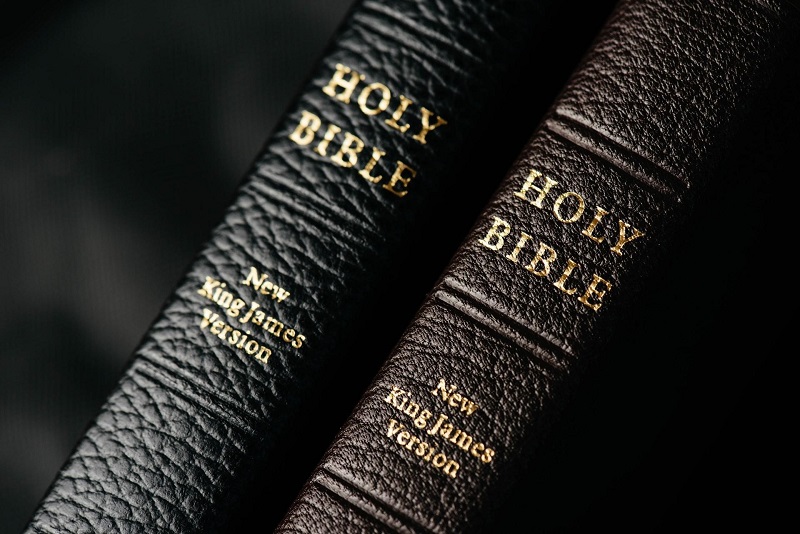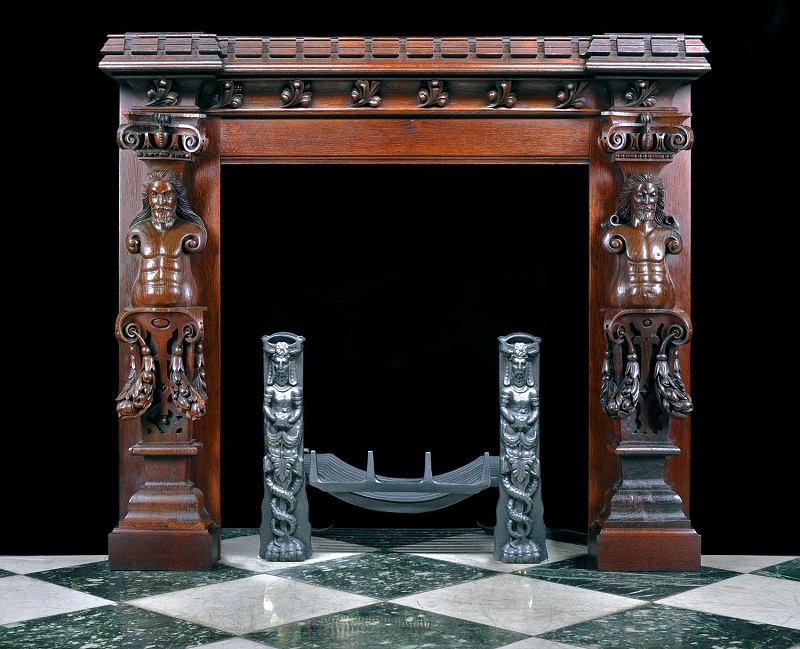The Jacobean era has given us some fine antiques, often highly coveted by collectors.
In this article we look at the rich history that gave rise to the characteristic Jacobean style of architecture, interior design and furniture.
The Jacobean era: The historical context
The Jacobean era (from Jacobus, Latin for James) was the period in English and Scottish history from 1597-1625. The era coincides with the reign of James VI of Scotland, who also inherited the English throne as James I in 1603 upon the death of Elizabeth I.
James’ reign saw some important developments. This was the first time England and Scotland had been unified under one ruler; a move that had profound implications for Britain and its culture.
King James also oversaw the establishment of the first British colonies in North America, at Jamestown, Virginia in 1607, Newfoundland in 1610 and Plymouth Colony, Massachusetts in 1620. These colonies laid the foundation for the future formation of the USA and Canada.
The Gunpowder Plot, on November 5th 1605, was a notable event of the era. The plot saw Guy Fawkes and others attempt to assassinate James and blow up parliament. James also commissioned a new English version of the Bible, known as the King James Version, which remains the most widely published English text in the world.

× 
Architecture, furniture, visual and decorative arts and literature went through significant changes during this period, and the term ‘Jacobean’ is often used to describe the distinctive styles of the era.
Jacobean era architecture
Many Jacobean buildings made use of the Tudor pointed arch, as well as ornamental details that are also characteristic of Elizabethan design, like scrolls, lozenges and strapwork
The Jacobean style is considered the second phase of English Renaissance architecture. The Elizabethan era saw the first introduction of Renaissance ideals into England. The arrival of Italian ideas of philosophy and art coincided with the development of a more international economy and an emerging middle class.
At the beginning of the Jacobean period there was little stylistic change from Elizabethan trends, which continued to develop.
During King James’ reign, however, English architecture began more decisively to adopt Renaissance motifs. This was partly due to an increase in the employment of Flemish and German carvers and other continental artisans, who brought with them Renaissance styles and techniques. This direct influence saw a departure from the Elizabethan style, which had borrowed its classical details from books.
Although the general principles of Elizabethan design still held sway, architects began to take a more unified and consistent approach to formal design, both in planning and elevation.
Buildings from this period characteristically combine motifs from the late Perpendicular Gothic period with classical elements like flat roofs with openwork parapets, columns, pilasters and round-arch arcades. These classical details were often imperfectly understood and somewhat clumsy.
Many buildings influenced by the Jacobean style made use of the Tudor pointed arch, as well as ornamental details that are also characteristic of Elizabethan design, like scrolls, lozenges and strapwork.
The designer Inigo Jones is credited with introducing the first fully realised Renaissance classical style into English architecture, with the Banqueting House at Whitehall, completed in 1622.
Jones had travelled widely in Italy, and was heavily inspired by the architecture of Ancient Rome and the work of Italian Renaissance architect Andrea Palladio. Palladianism subsequently became a popular architectural style in England.
Examples of Jacobean era architecture
Notable examples of Jacobean architecture include Hatfield House in Hertfordshire, built by Robert Cecil, first Earl of Salisbury, between 1607 and 1611. This building developed the Elizabethan style of the prodigy house, incorporating Tudor-style turreted wings with mullioned windows, linked by an Italian Renaissance-style facade. The finely carved Grand Staircase shows a strong Renaissance influence in its elaborate ornamentation.
Knole House, near Sevenoaks in Kent, dates back to the mid-15th Century, but had major additions during the Jacobean era in the early 17th Century. At this time, Thomas Sackville transformed it from a late medieval archiepiscopal palace into a fine Jacobean country house.
Other examples include Plas Teg near Pontblyddyn in North Wales, Castle Bromwich Hall near Solihull, Charlton House in London and Lilford Hall in Northamptonshire.
Jacobean interior design
Less wealthy houses, although they lacked the luxurious materials, made much use of decoration and ornamentation
From the beginning of the Jacobean era up until the formation of the Commonwealth in 1649, Jacobean interior design developed in two separate veins. The first was the preserve of the wealthy and was confined to great houses and palaces, comprising lavish and extravagant furnishings and costly fabrics and materials.
Less wealthy houses, although they lacked the luxurious materials, made much use of decoration and ornamentation. Jacobean interiors often had simple Tudor paneling, and occasionally used Perpendicular vaulting forms.
The Renaissance influence could be seen in many doorways, fireplaces and other interior structures, which were often framed with classical forms. As with Jacobean architecture, interiors widely used classical ornamentation like pilasters, scrolls, balusters, fretwork and strapwork.

× 
Jacobean furniture styles
The period represents a move away from England’s medieval past towards a burgeoning modern world
Furniture styles developed significantly during the Jacobean era. Continuing the trend of the Elizabethan era, the period represents a move away from England’s medieval past towards a burgeoning modern world.
Elizabeth I was the last of the Tudor Dynasty, and during her reign furniture styles began to transition away from the medieval styles of the earlier Tudor period.
Traditional Tudor furniture was heavy and bulky, with little decoration. It was designed for medieval castles and didn’t suit the comforts of the more enlightened, modern world that was beginning to emerge.
With the arrival of Renaissance ideas in England during Elizabeth’s reign, as with architecture, furniture styles began to incorporate classical motifs in their ornamentation, and this continued into the Jacobean era.
With the transition away from medieval traditions came the beginnings of an appreciation for comfort. Medieval furniture was not designed with comfort in mind, but Jacobean sensibilities gave rise to new furniture styles - at least for the upper echelons of society - that were designed to be comfortable.
For example, upholstery began to appear consistently, and the Farthingale chair was introduced. This was designed for women who wore farthingales - large, hooped structures worn under skirts - and had a low, padded back and no arms in order to accommodate them. Chairs weren’t produced in large numbers, however, as they were considered only fit for the upper classes.
What did Jacobean furniture look like?
For the first time, craftspeople began to make furniture pieces that were designed to be seen from all sides
Jacobean furniture was often symmetrical and based on rectilinear shapes. For example, chairs had straight backs and rectangular seats, and both chair and table legs were made to stand perpendicular to the floor.
For the first time, craftspeople began to make furniture pieces that were designed to be seen from all sides. Medieval furniture was usually so bulky and heavy that it would never be moved and would therefore only be seen from one direction.
Jacobean furniture became lighter and more mobile (although it was still heavier than later styles), meaning furniture makers had to think three-dimensionally and make it attractive from multiple angles.
Cupboards, beds, benches and settles were often built into walls. Chests or coffers for holding linens were common, and the folding table emerged during the period. While basic furniture designs were fairly straightforward, they were often richly carved, decorated with classical-inspired details like scrolls, columns and arches, and intricate geometric designs.
Jacobean furniture was primarily made from oak, and made use of mortise-and-tenon joints. Furniture makers occasionally used exotic woods, or painted wood black to look like Asian lacquer. Exotic materials like mother-of-pearl were used for ornamentation.
We have some wonderful examples of Jacobean furniture and architectural antiques in our collection. Browse our collection or get in touch with us to find out more.